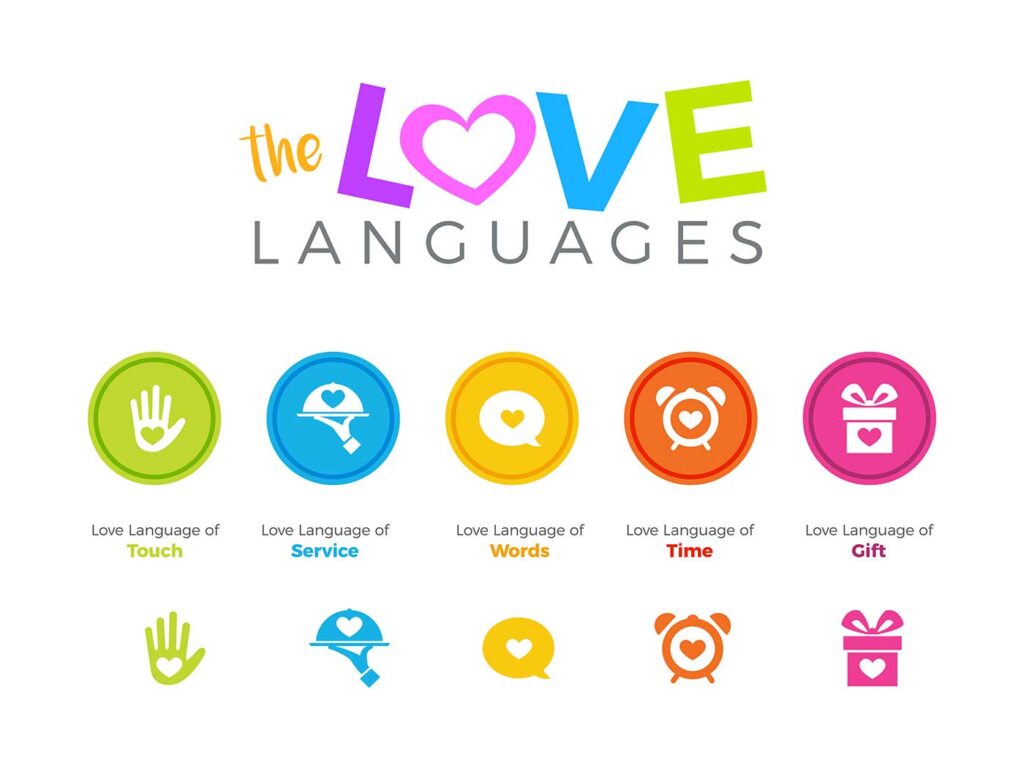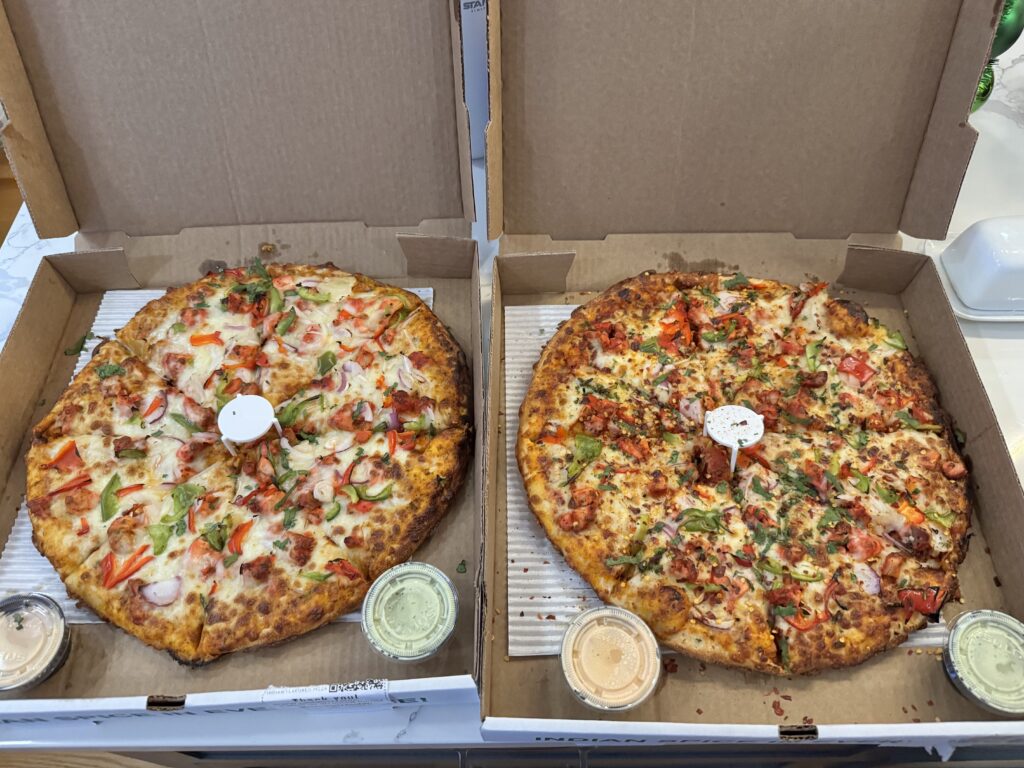Do you remember how you learned to date and look for a romantic partner or love match?
I don’t remember getting much teaching or instruction from my parents on this topic. Rather, I learned from watching my peers, or from what I read in books or saw in TV shows and movies. As a result, I didn’t necessarily learn the best way to do things.
One of my favorite things about Netflix’s wonderful show, Love on the Spectrum, is the way it serves as a perfect how-to guide about dating, love and romance. They break each part of dating down into simple steps. We would all be well-served to do things this way!
I can honestly say that I didn’t do a good job preparing my young teen to date, because it happened earlier than I thought it would, so it took me by surprise. Also, many teens today don’t really even use the word dating; instead, they talk about the “talking stage,” “hanging out” or “hooking up.”
I am happy she and I watched this show together, as I’m sure there were a few pointers shared that I probably should have given her a long time ago. That’s why I thought I would jot down these amazing love and dating lessons from Love on the Spectrum. I am in awe of the lovely way dating and relationships are portrayed and taught on this show, and I truly believe everyone should teach their children these steps, regardless of whether they are neurodiverse or neurotypical.
Here are 7 love & dating steps and tips inspired by Love on the Spectrum (with a bit of embellishment from me, of course):
1. Go to first dates, blind dates or speed-dating events to meet people, grow your communication and interpersonal skills, and have fun experiences. The goal of these dates is to have conversations, find common interests and see if there’s mutual agreement about wanting a second date. On all dates, there should be balance in the conversation, with both people asking questions and having a chance to talk and share. It’s a bonus if dates involve doing something together, like going for a walk or some other shared activity – that helps you to not run out of things to talk about. Extra bonus points if it’s in a pretty location that makes you feel like you’re doing something extra special, like on the show!
2. Especially for the first date, it’s nice to bring a small gift for your date, like flowers, chocolates or something you’ve made. This isn’t mandatory, but it makes a good first impression, makes the other person feel good, and it’s a nice way to differentiate a date from a regular get-together between friends. Other ways to make a date feel special are to use your best manners, stand up and offer a handshake or hug when they arrive, offer to pay for the bill at the end, and even pull their chair out for them before they sit down. This last act may be considered “gentlemanly behavior,” but anyone can pull the chair out for their date as a sign of respect and politeness.
3. Not all dates will end up in a love match; most of the time, there won’t be a romantic “spark” and you can either say you just want to be friends, or you can thank the person for their time and let them know you’re not interested in getting together again. This can be a little awkward or uncomfortable, but it is better to be open, up-front and honest in this communication. Sometimes, people just “ghost” a person by never being in contact again after a first date, but that can leave the ghosted person feeling uncertain and insecure. It’s better to give a friendly, gentle letdown than to leave people hanging. Think about how you would feel and what you would prefer from your date.
4. If you do feel a “spark” on your first date, and it feels like there may be a romantic connection or the possibility of one, you can ask if they’d like to go on a second date. You can even let the person know how you’re feeling by saying something like, “I really like you and I’d like to see you again,” or “I’ve enjoyed spending time with you, and I’d like to get to know you better.” If both people share that they feel positively about the date and want to get together again, that can feel wonderful! If one person doesn’t feel that way, it can be a bit of a letdown. Still, every date gives you experience and is a good opportunity to learn something about yourself and what you like or don’t like in a potential partner.
5. If it feels comfortable, you can offer a handshake, hug or high five at the end of a date. If it’s a second or third date – or at the end of a first date where you both have expressed that you like each other and would like to go on a second date – you could even offer a kiss. It is always best to specify whether you mean a kiss on the cheek or a “smooch” on the lips, and be sure to get consent first. Consent means the other person says an enthusiastic “yes!” If your date seems unsure about the idea of a kiss, you can offer a hug, handshake or high five instead.
6. After several dates, some couples formalize their relationship as romantic partners or companions. This usually means focusing exclusively on that person and agreeing not to date other people. Usually, one person asks the other if they’d like to become their official or exclusive girlfriend, boyfriend or special someone. For nonbinary people, you might say, “This is going well; can we move our relationship status to official or exclusive?” or “I really like you; can we become official or exclusive partners or companions?” Typically, around this time, you may want to introduce your partner to your family and friends as they have become a meaningful and special part of your life. You will want to meet your partner’s family and friends as well.
7. Moving on from dating to becoming romantic partners may also mean progressing with physical or romantic intimacy if that is something that both partners are comfortable with and enthusiastic about. Moving into the realm of physical or romantic intimacy, and perhaps ultimately sex, involves a series of steps, tiers or levels that can take some couples a long time, while other couples move quickly through them if both people want that. It’s essential to get consent before moving forward with each new step or level of physical intimacy. This can start out as, “Is it okay to put my arm around you?” or “Would you like to hold hands?” and move on to questions like, “Are you okay with more kissing and touching?” or “Do you believe in premarital sex?” or “Would you like to become more physically intimate with me?”
Remember that not every relationship has to become romantic, and not every romantic relationship has to lead to sex. It’s essential to practice safe sex, using protection to prevent pregnancy and diseases, once a relationship gets to that point. It’s also important to know that consent should be given each time you want to be intimate with your partner, as their answer may vary depending on their mood or the circumstances. Never assume that you have consent – always ask for an enthusiastic yes each time!
I will be sharing these tips with my own teen, if only to hear her groan and cringe. I hope you’ll find it helpful to share these tips with the tweens and young people in your own life, too. Learn from my mistake and start having these conversations before the end of elementary school! By middle school, it’s almost too late because they’ll think they know everything and won’t want to hear about it from their parents.
And if you liked this post, be sure to read my other post about Love on the Spectrum, one of my all-time favorite shows.




